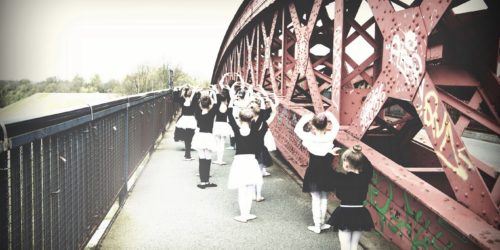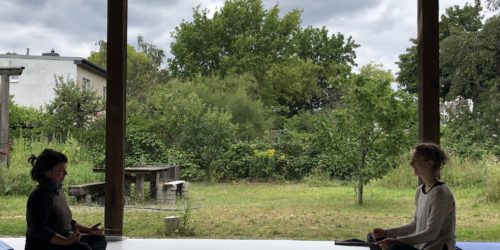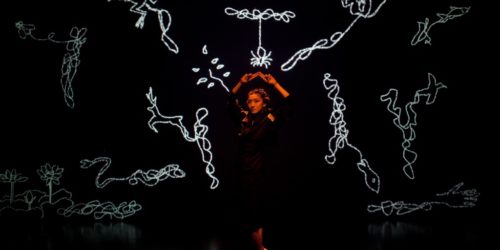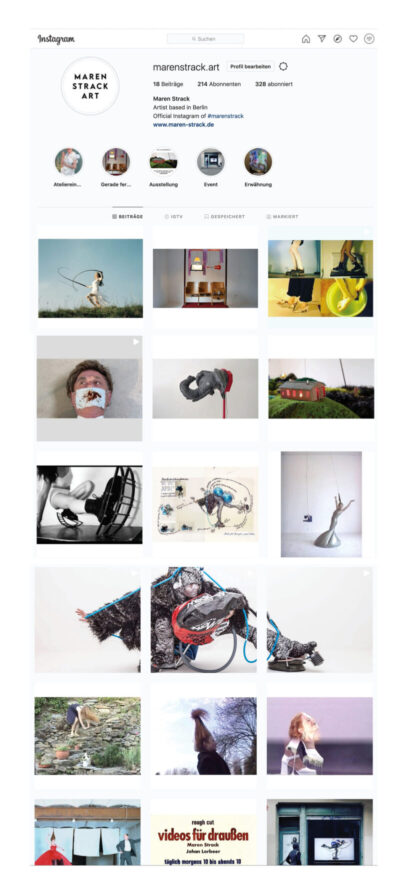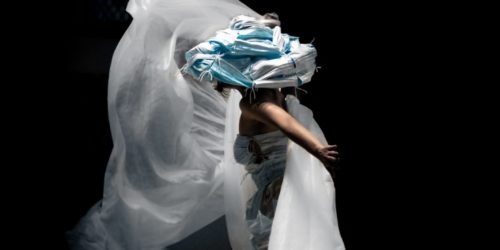Movement and tonality of the void spaces. Yuko Matsuyama
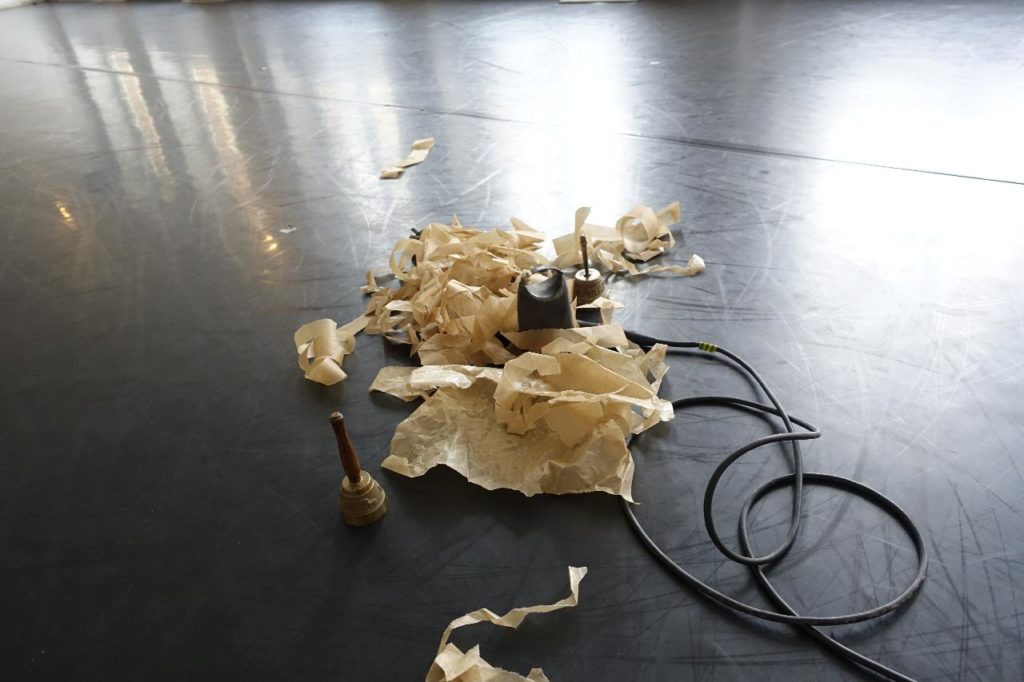
The purpose of this research is collecting the information related to the Erinnerungskultur / The Culture of Remembrance in Germany, visiting the historic sites and investigating the roll of void/emptiness in the spaces, to prepare for my future project ‚A Silent Room‘.
During the first Lock-down in 2020, I kept practicing alone in my studio.
I have my studio in the art complex Haus Schwarzenberg, Rosenthalerstr. 39, Berlin Mitte.
The museum Otto Weidt’s Workshop for the Blind is located in the side wing of the same building. The presence of the Berliner Anne Frank Zentrum (also located in Haus Schwarzenberg) became a part of my daily life, too.
Otto Weidt was a German factory owner who’d tried to save many Jews, deaf and blind people during the NS-Regime in Germany. Since the discovery of his story in 1999 by the students of the Museologie/Museumskunde at the HTW Berlin (Prof. Hans Wilderotter), the workshop and the hideout had been exhibited.
In 2018, supported by the Heinrich Böll Foundation, I had an artistic research about the hideout. The hideout, the small, windowless dark room of the museum was the first place which introduced me to Erinnerungskultur/The Culture of Remembrance.
This word made me realize that the seemingly disparate things I’ve been interested in are probably all on one line. With my German writing teacher, Dr. Vera Fischer, I set my first question: ‚How can the experience of the memorials be a stimulus for artistic expression?‘.
However, as a Japanese with no connection to any of the parties involved, I’ve hesitated to touch this subject. But then when my mentor Boris von Poser pointed me out the possibility of creating a performance through observing the subject and collecting the experiences from my Japanese perspective, I decided to do this research. Having a mentor in research meant not only getting practical information and suggestions, but also getting ethical guidance for my work.
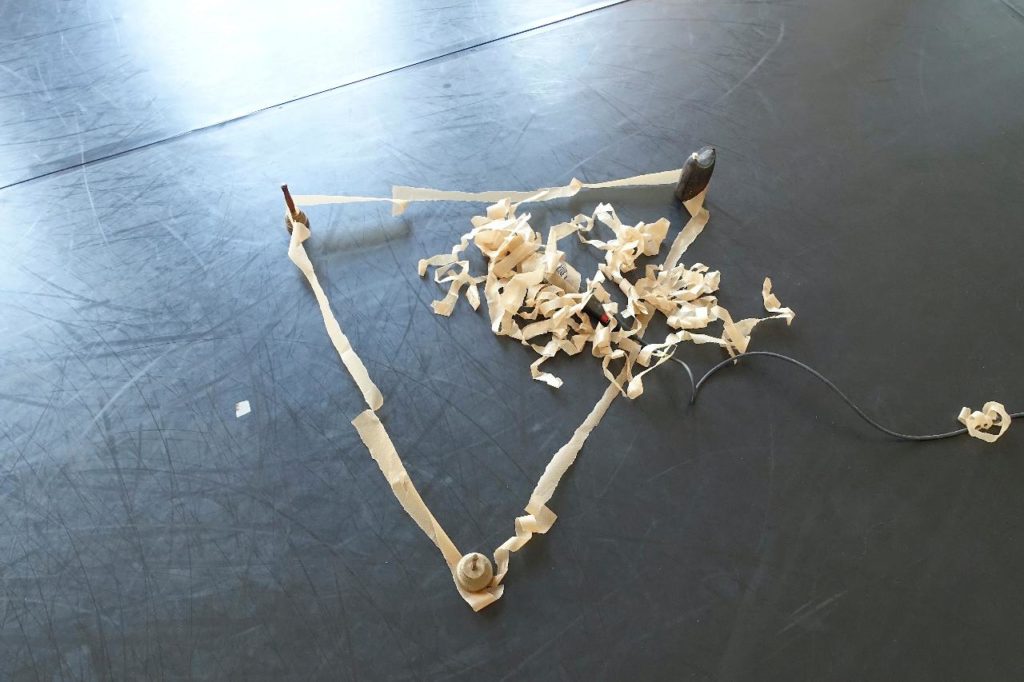

I’ll visit the following three memorials and further sites of the Culture of Remembrance. I’ll collect the stories of the lifes of the people that survived and their families today, create movement and vocal sketches.
Intended places to visit:
– The Concentration Camp memorial Auschwitz-Birkenau (PL)
– The Herzogenbusch Concentration Camp (NL)
– Terezín Memorial (CZ) – changed to ↓
– The memorial and museum Sachsenhausen
– The memorial Bergen-Belsen
* The plan has been changed due to the current pandemic situation. The performance and project schedule is postponed from 2020.
Visiting a place is a subjective experience – in other words, an experience that feels differently depending on the person – that goes through its physical and sensory qualities.
Whether music or movement, the process of transferring a personal experience into an artistic expression let me recognize my own sight towards the object. It has given and keeps giving me a new perspective.
The silence of those void spaces gives us the space to imagine a time we haven’t experienced, and reconsider the time we live in.
And in this research I hope to find my way to listen to this kind of spaces.

